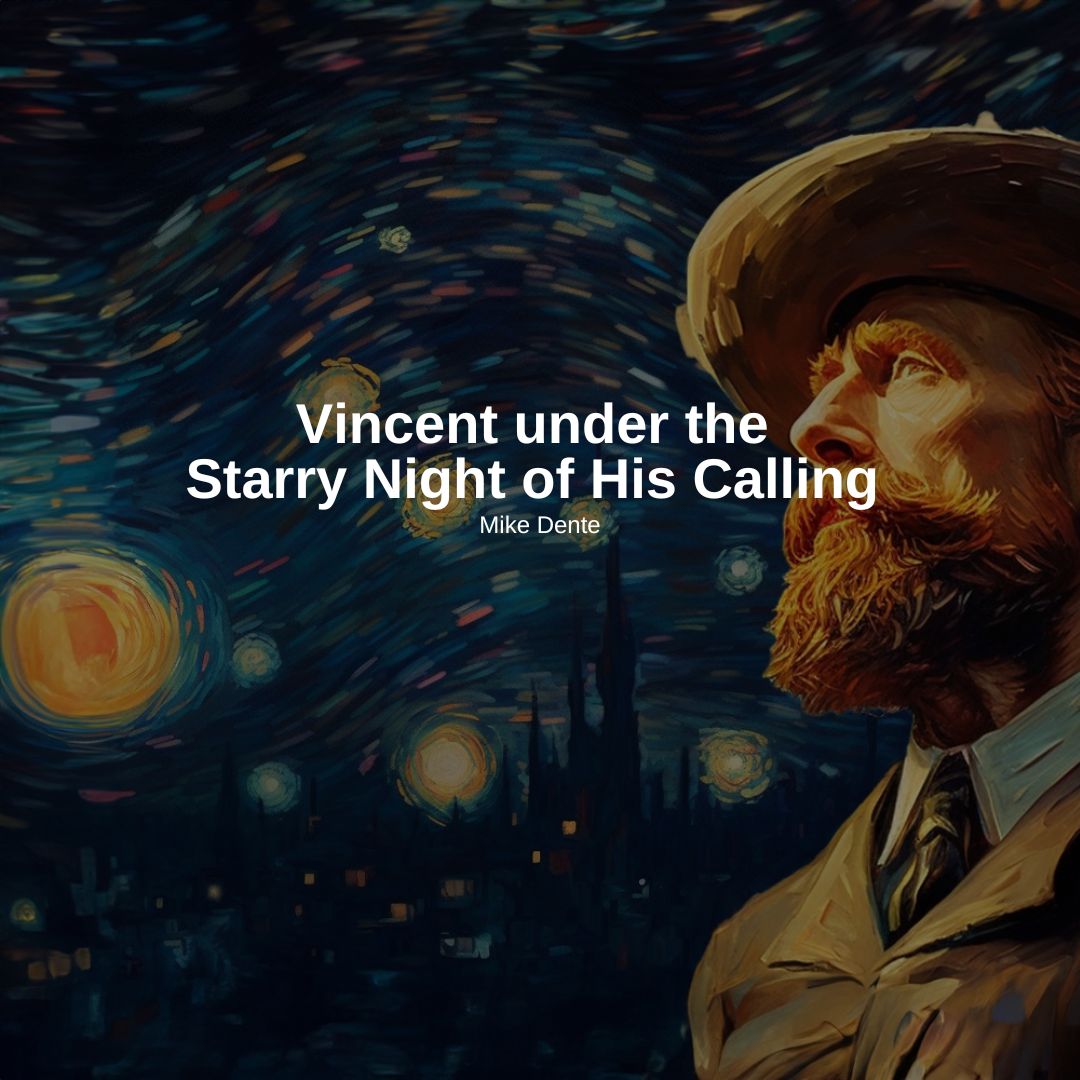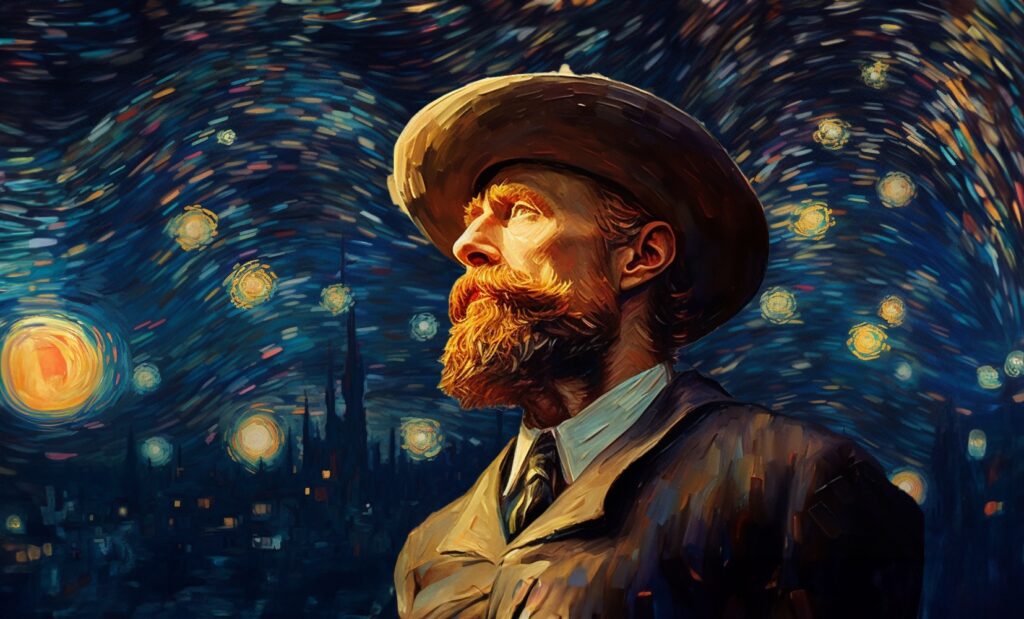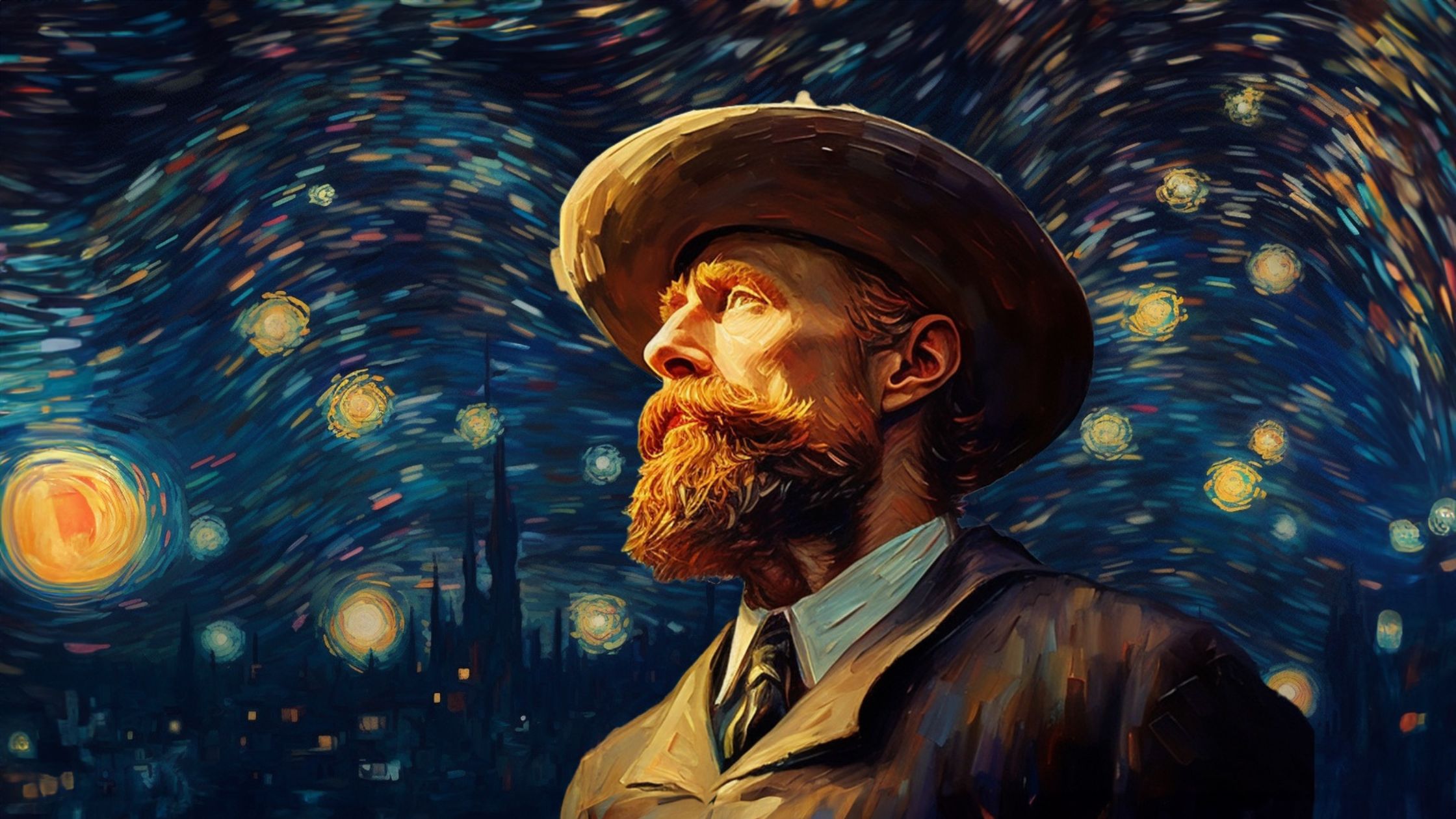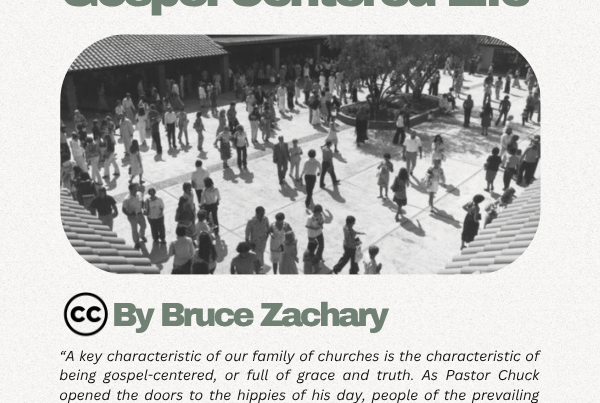

Calling and desire, though close in emotional intensity, aren’t the same thing. I’ve known people come to serve with all the proper credentials, with holy fire, yet something was missing. Others have come to help us with a weight of family or church expectations that ultimately burnt them out. Maybe their place, in the end, was similar to the one they sought, but I fear we can do a disservice to them if we force them into a role they weren’t made for. I give them much credit for braving the call and even recognizing when it was time to move on. God honors those who walk by faith, but sadly there’ve been many casualties. Such was the case of Vincent van Gogh serving as an evangelist in the Borinage, Belgium.
In November 1878, Vincent arrived in the Borinage excited to begin his newest attempt at serving the Lord. By now, he’d known several setbacks in his professional life and was feeling the pressure from his family to find a suitable job. The ministry felt natural to him; his father and grandfather were pastors. He also served as a pastoral assistant in Isleworth, England. His few months in the London area began with great enjoyment.[1] In November 1876, he gave his first sermon based on Psalm 119. Vincent was so happy with it that he sent a copy to his family. His thoughts, although unorganized, are doctrinally correct. His points are brilliantly illustrated in a way that would become famous in his paintings. But something troubled Vincent. A few months later, he resigned. Was it the charge of collecting money from low-income families or the rejection of his first and unrequited love? We may not know for sure, but the specter of depression clouded his mind when he left Isleworth.
Seeking Relief and Looking for His Place
Mental illness (as we would call it today) plagued the van Gogh family. Although his father and uncles had learned to live with depression by soldiering on, Vincent was more sensitive to its paralyzing effects. A good deal should be written about this struggle, especially about people in the ministry; in Vincent’s time, getting help could bring shame.[2]Though he spent time in a few hospitals, he struggled under the weight of his thoughts and guilt at not measuring up to the expectations both he and others had placed on his life. He sought relief through hard work, letters, long walks in nature, and art. But the Bible was his most present comforter throughout his years.
Vincent also fought to find his place in life. Several of his family were art collectors. His thriving art broker uncle gave his nephew his first job. This took him from Paris to London, where he found purpose in art and isolation in professional setbacks. Vincent was stubborn. He put his entire being into whatever he loved doing. Yet, when a conflict would come, Vincent was capable of change so radical that he finished by loathing what he first adored. This could also be seen in the year he prepared to enter seminary. Though he could translate his Flemish Bible into French, English, and German, he couldn’t be bothered to learn Latin or Greek. His observation astounded his teachers, but his refusal to follow lesson plans and fierce anger kept him from advancing. But still, he desperately wanted to serve the Lord.[3]
Ahead of His Time, Thus Silenced
Arriving as an evangelist in Belgium was a new beginning for the young van Gogh. Inspired by reading Spurgeon’s Gems, he worked tirelessly on his messages and visiting families. He slowly assimilated into the miner’s culture. That day, the evangelist was expected to bring the people up to the bourgeois standards of the middle class, to elevate their station as the Gospel elevated their souls. Vincent’s ideas were ahead of his time. He thought it best to assimilate into the culture and to become a bridge of contextualization. Like Maurice Denis, a French apologist and artist, wrote a few years after Vincent died, “What are we looking for in religion? Neither morality, nor moving music, nor that mystery that flatters our intimate aspirations. No, we’re looking for the truth.”[4] Vincent wanted to share the truth with a suffering community by embodying it and showing them the truth in love.
One day, Vincent’s descent into their world became life-changing; he accompanied a miner 700 meters below the earth. He broke. He’d never experienced human suffering at that level before. At the time, the horror of the Northern European mines denounced by Dickens and Zola was unknown and often glamourized to the general public, who lived far from their reality. Vincent became one of the first observers, and in his utter shock at the dehumanizing conditions, he learned he could express himself to his brother and superiors better in his drawing than through words. They were moved, despite the crude sketches made before his artistic training. His heart spoke through his pencil. Christian philosopher Calvin Seerveld put it this way: “No cruel mistral wind ever tortured the clouds and grains field of the southern Provence in France as Van Gogh’s madly sentient eye and hand put them on canvas, but no one can quibble why this brush stroke is here and not there, for the works have an impressive metaphorical consistency.”[5] At this moment, his nascent calling was revealed through a trembling hand trying to express the injustice he’d discovered.
As time passed, a springtime mining accident took the lives of 121 miners. Crushed by the tragedy, he poured himself into his work, eating next to nothing and giving away his clothes to the point where he was forced to make a shirt out of paper. His hosts began to worry that children would mock him in the street, and word got out to his mission that he looked homeless. Eventually, he would be let go and quarrel with his brother resulting in a year of silence between them. He left the Borinage feeling rejected by his church and alienated from his family but finally walked toward his true calling. He devoted his life to expressing, witnessing, and preaching through art. Though his departure was mixed with sorrow and hope, his life would be prematurely snuffed out ten years later.[6]
Ultimately, Speaking through His Paintbrush
In the years that followed, he transformed into the artist we know. His Scripture references are fewer, he begins writing to his brother in French, and he becomes to the artistic world what he sought to do with his mission to the miners. The weight of his family’s disapproval was inescapable; he never shook the guilt of relying on his brother Theo for living expenses while waiting to sell his paintings. And yet his brush spoke. Artist Makoto Fujimura wrote, “Time spent in consideration of Vincent’s famous Starry Night can become a journey into (his) heart … The painting is set in Arles, France. Notice that at the very center of the painting is a white Dutch Reformed church … The church is the only building in the painting that is completely dark. Herein lies Vincent’s message, particular to the reality of being a border-stalker: the Spirit has left the church—at least the building—but is active in nature.”[7] If only Vincent had a brother in the faith to walk with him through the valleys of artistic wandering. What paintings might we have today that move us like Starry Night?
Vincent’s story is one of loss for the Church. But it’s also one of hope if taken with an eye open to those around us. There are many Vincents in the Church looking for their place. Although we may not have recognized them initially, been frustrated because they just don’t fit the mold, or given them the patience or help they needed, it’s not too late.
I’m reminded of a description of Jesus that I think Vincent would’ve painted one day if given a chance. Isaiah 42:3 “A bruised reed He will not break, and smoking flax He will not quench; He will bring forth justice for truth.” This comes from the Servant passages. In it, we prophetically see the heart of Jesus, even in laying down His life to heal our brokenness. The Lord teaches us to live like Him through the Gospel, helping people while encouraging them to follow Him.
References
[1] Van Gogh’s letters are translated into English and are available at https://vangoghletters.org/vg/
[2] Unfortunately, I can’t develop this theme as I’d like, but I’d encourage anyone, whether in ministry or not, who knows the struggle of mental illness, not to go it alone. Getting help is wise and courageous. I’d also suggest reading Matt Kottman’s three-part article.
[3] For most of this biographical part, I heavily leaned into this work:
David Haziot, Van Gogh, Éditions Gallimard, 2007, p. 13-131
[4] Maurice Denis, Nouvelles Théories sur l’art moderne, sur l’art sacré, 1914-1921, L. Rouart et J. Watelin, Éditeurs, p. 182
[5] Calvin Seerveld, A Christian Critique of Art and Literature, WIPF & STOCK, 1995, p.46
[6] Bruno Voutera, Van Gogh au fond de la mine, Éditions La Voix, 2013 p. 3-64
[7] Makoto Fujimura, Culture Care: Reconnecting with Beauty for Our Common Life, InterVarsity Press. Kindle Edition, p. 74










